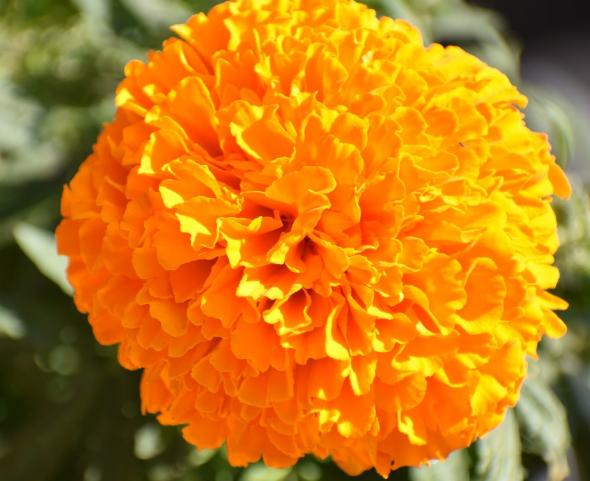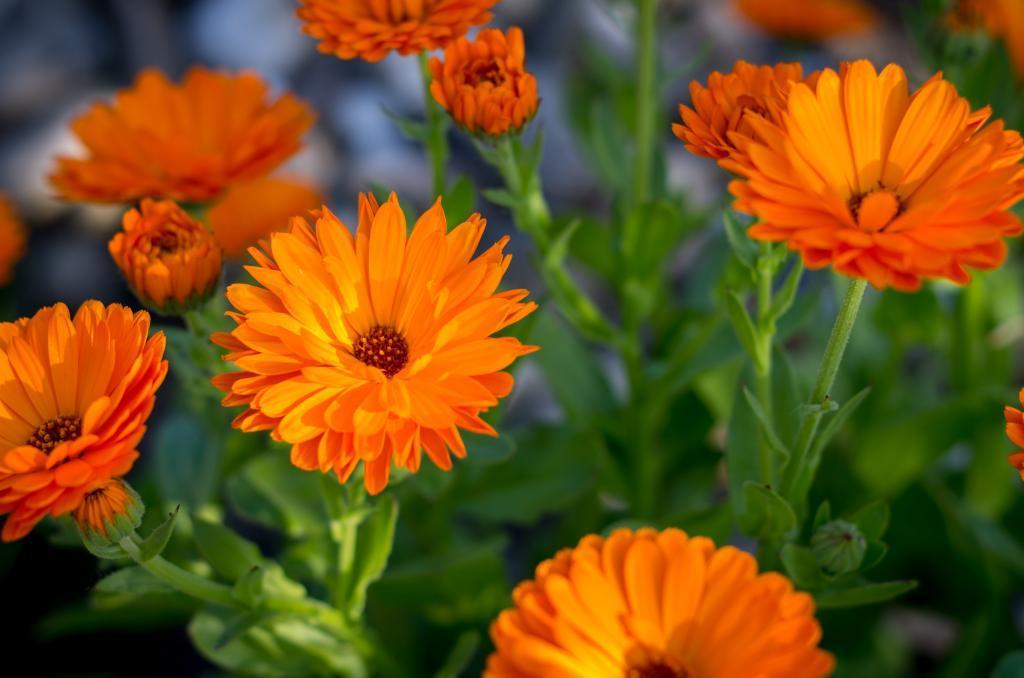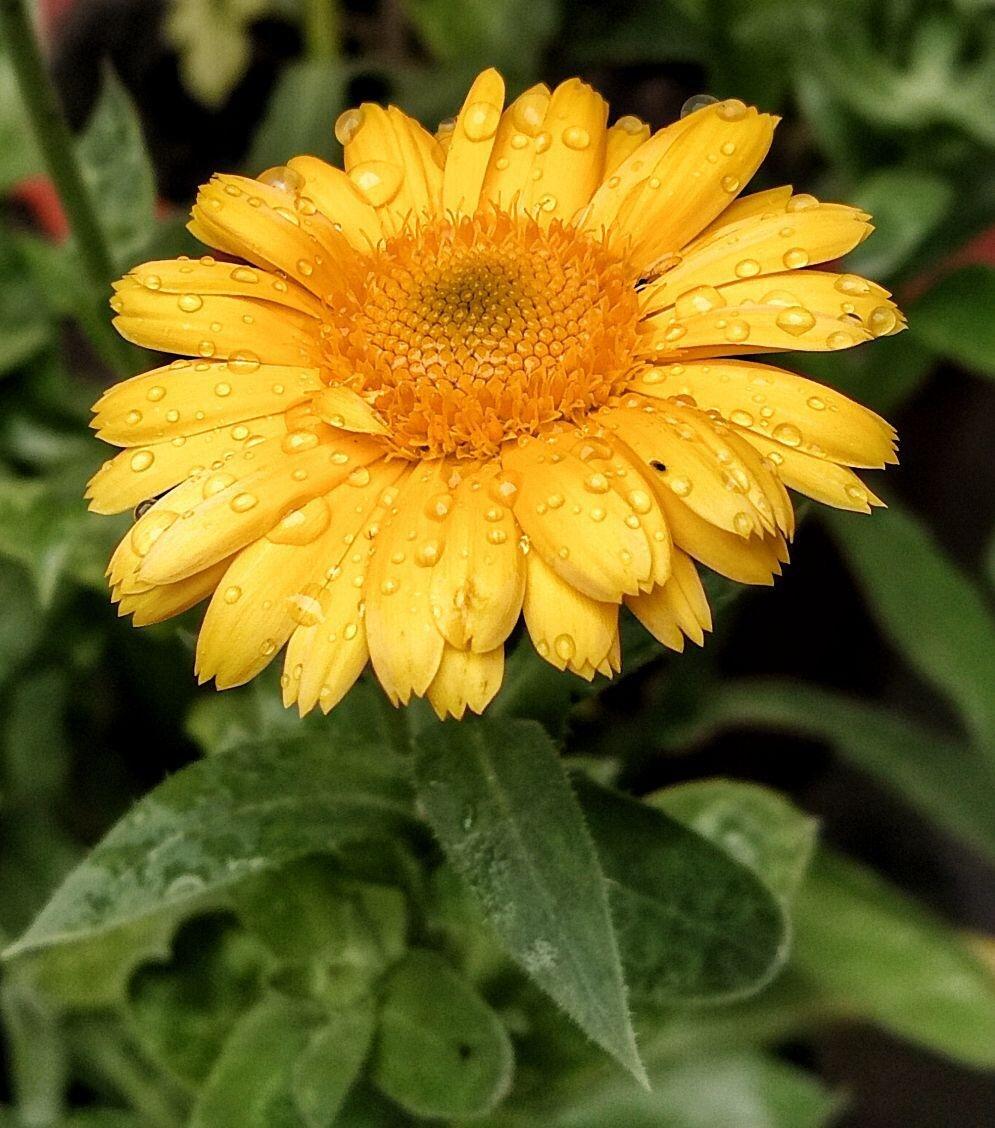Cleomaceae is an interesting story of plant evolution. Its distinct long, slender and pointed seed capsules have earned it the nickname “spider flower” or “spider plant.” This feature allows the plant to spread its seeds by shooting them out explosively, a mechanism known as “autochory.”
The rapid movement and force of the ejected seeds makes it difficult for them to be eaten by animals or blown away by wind. This unique adaptation has enabled the Cleomaceae to thrive in a variety of environments, from hot, arid regions to humid rainforests.
Beyond its fascinating seed dispersal mechanism, Cleomaceae has also played a significant role in traditional medicine, with numerous studies revealing its potential as a source of natural drugs for treating a wide range of diseases. Overall, the Cleomaceae family showcases the incredible diversity and adaptability of the plant kingdom.
Picture
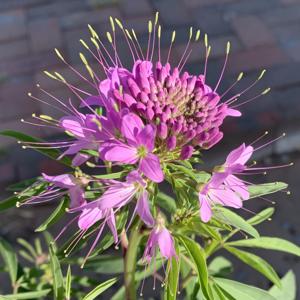
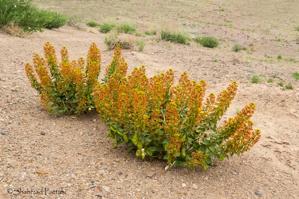
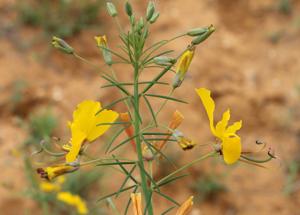
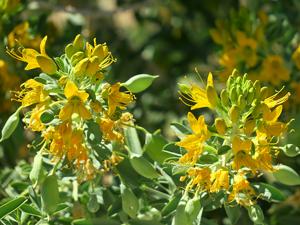
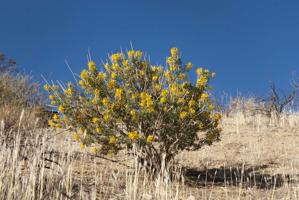
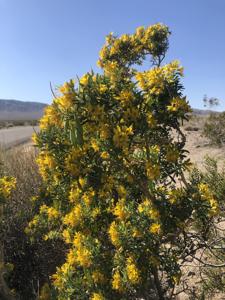
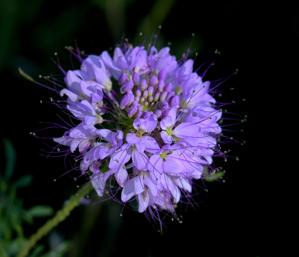
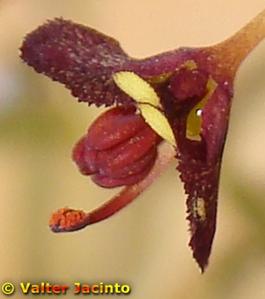
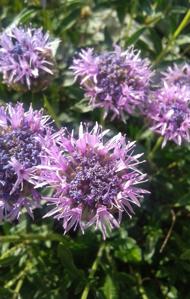
Plant some seeds now!
Short Description
The Cleomaceae are a small family of flowering plants in the order Brassicales, comprising about 220 species in two genera, Cleome and Cleomella. These genera were previously included in the family Capparaceae, but were raised to a distinct family when DNA evidence suggested the genera included in it are more closely related to the Brassicaceae than they are to the Capparaceae. The APG II system allows for Cleomaceae to be included in Brassicaceae. Cleomaceae includes C3, C3–C4, and C4 photosynthesis species.
Description
Floral diagram of Cleome hasslerianaCleomaceae are mostly annual, sometimes perennial herbaceous plants, seldom shrubs or small trees, and some are lianas. Most of them have glands, a character setting them apart from the related Capparaceae, and contain resins, and may have an aromatic or foetid smell. The alternately set leaves, have stalks and never form a sheath around the stem. The leaves are always palmately compound, mostly with three to seven leaflets, rarely with just one leaflet. At the base of the leafstalk sit scaly, leafy or spiny stipules, a difference with its sister group Brassicaceae that consistently lack stipules, although a pair of glands can sometimes be present at the base of the leaf stalk. Hairs and papillae may be present.
The flowers of Cleomaceae are somewhat to strongly bilateral symmetric. There are mostly four, sometimes two or six, free or merged sepals, that may be shed quickly or remain, are overlapping in the bud or are already separate. The corolla consists of mostly four, sometimes two or six petals that have distinctive claws and limbs, free or with merged limbs. The stamens may be placed on the level of insertion of the perianth or on a stalk, raising the bases of the stamens above the perianth. This occurs for instance in Gynandropsis gynandra. There are four simple stamens or branched in four groups of up to 12 stamens each that have a common base, and are free from the petals. When there are groups of stamens, the anthers mature from the middle outwards. The base of the stamens may or may not be fused with the female parts in the centre of the flower. The filaments may be of equal length or strongly differ, and all may carry anthers, but infertile staminodes may also occur. The anther releases the pollen through slits stretching along its length. The ovary is positioned above the perianth and the androecium (a so-called superior ovary), consists of two fully merged carpels, and contains one cavity that may be divided in two by a partition (or replum). Between ten and fifty ovules (future seeds) are set along the margins of each of the carpels. As the fruit ripens, a stalk (or gynophore) develops. The dry fruit opens with two valves. When the fruit has a replum, it has the same basic morphology as the Brassicaceae (called silicula or siliqua), and this sets it apart from the Capparaceae, that have a capsule.

